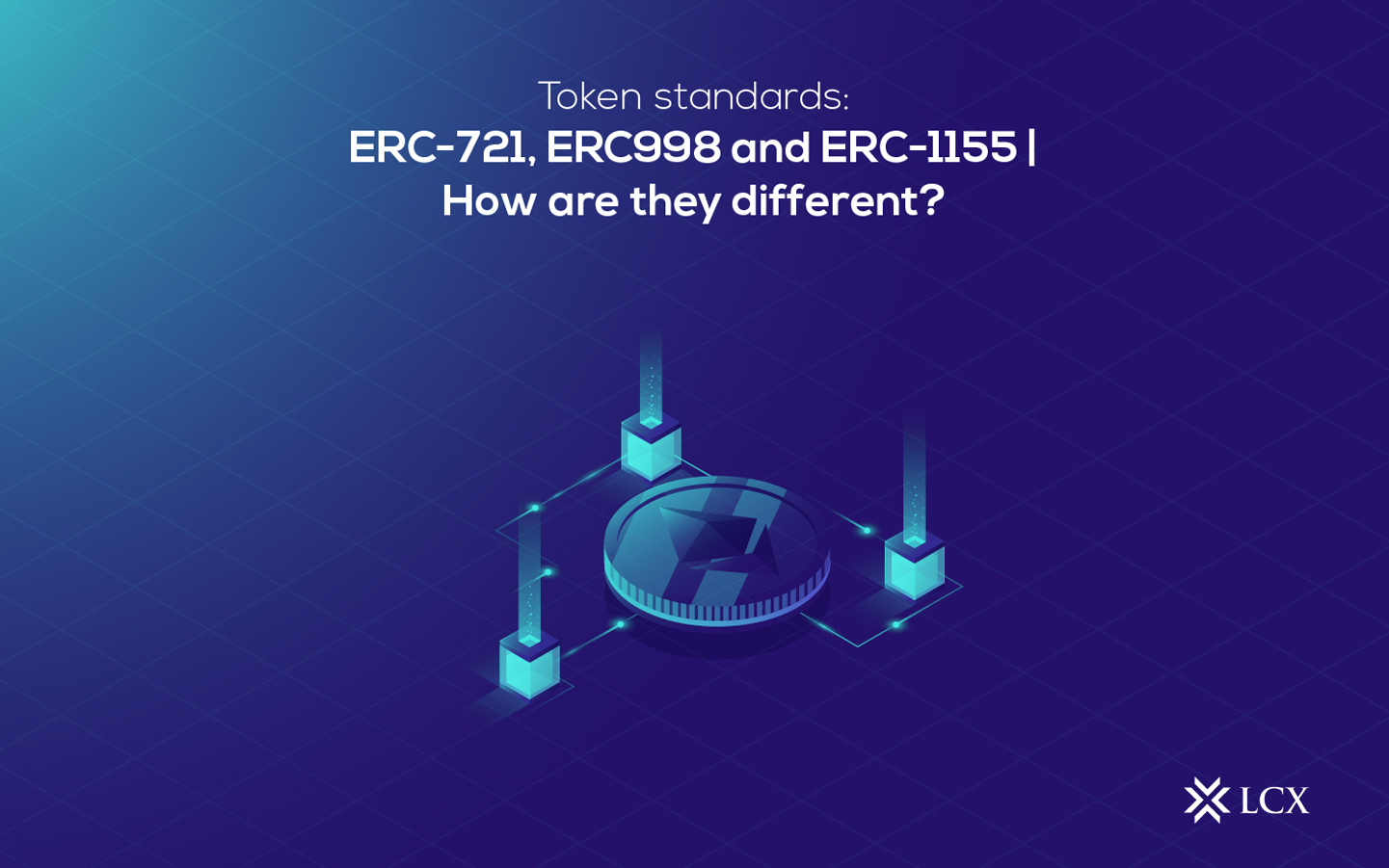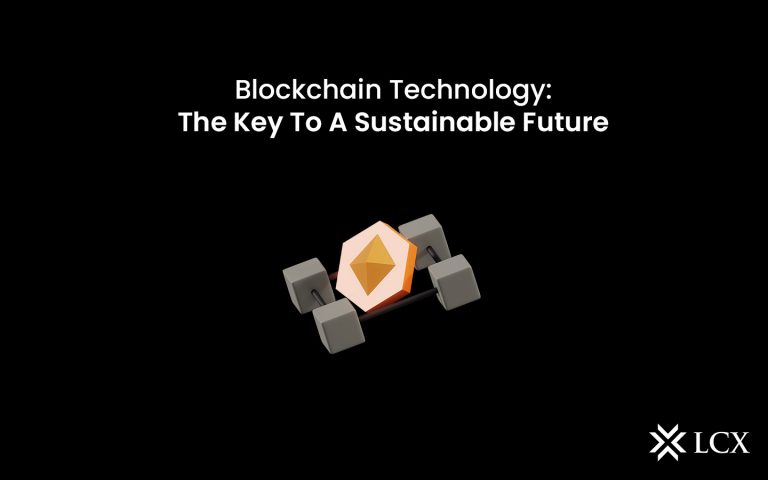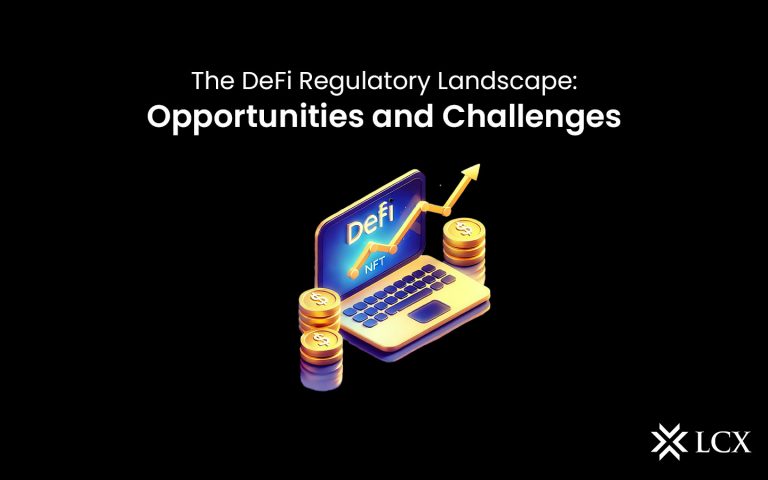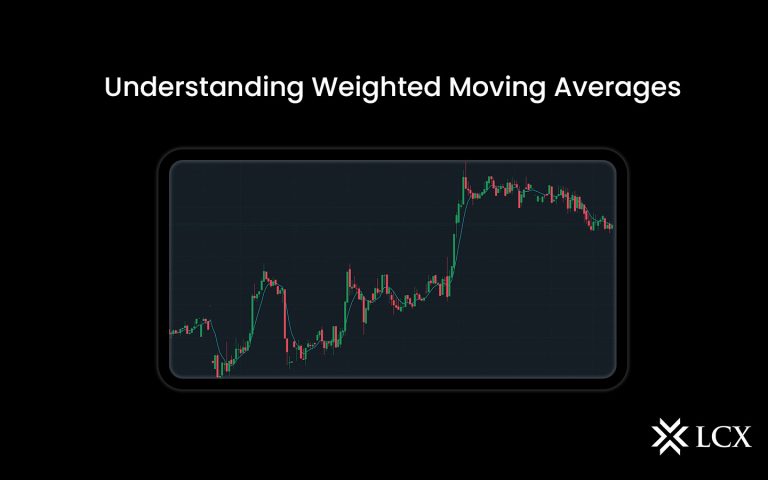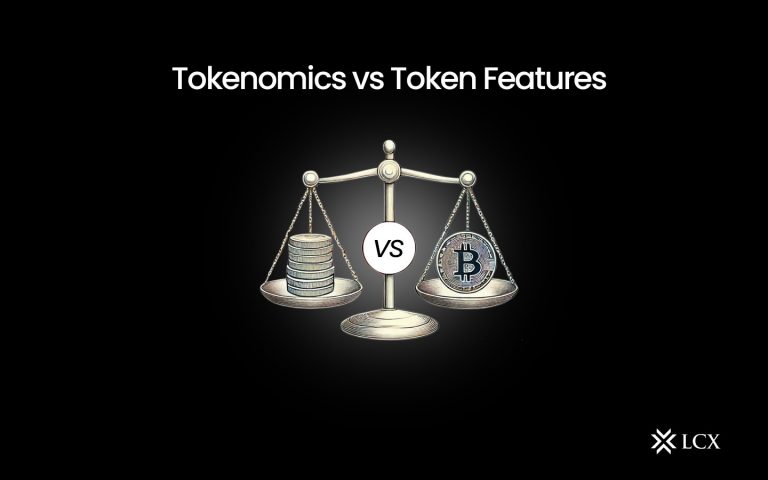Before moving forward with understanding ERC-721, ERC-998 and ERC-1155, let’s take a short turn and learn a few things before that. One way to symbolize the fee of exchanging value on a blockchain network is using asset tokenization, in which the asset can either be non-fungible or fungible.
Non-fungible tokens cannot be divided and have no duplicates. In contrast, fungible tokens can be exchanged or divided for another token. On the Ethereum blockchain, the two most famous standards for developing NFTs exist – ERC-721, ERC-998 and ERC-1155. Here ERC stands for Ethereum request commitment.
Now is the time to go to the first place and understand what ERC-721, ERC-998 and ERC-1155 are:
ERC-721:
For developing NFTs, ERC-721 was the first-ever standardized interface. It is the one that the people enormously use. ERC-721 is secure, transparent, and immutable. Thus, it is non-fungible, an ideal NFT. It doesn’t represent any interchangeable asset or can’t be divided. This NFT standard is excellent for developing and tracking unique NFTs.
ERC-721 is presently the most utilized standard for blockchain gaming and digital art. So far, a hundred Dapps have used it.
Do you remember CryptoKitties or Etheremons? These are some famous ERC-721 examples.
ERC-998:
ERC-998 works as an extension of ERC-721, permitting you to “compose” a fresh token from a pack of ERC-721 assets. Now the in-game character can be collected of every of its fundamental NFTs: sword, boots, shield, special items, and also other ERC-20 tokens.
ERC-1155:
It is a unique token that is a fungible token and supports NFTs. ERC-1155 is faster and more effective for use in batch token transfer. It is even known as “the next generation multi-token standard.” Enjin (ENJ) is an innovator of the NFT space on Ethereum, with its ERC-1155 contract that permits NFTs to elevate.
To create numerous sorts of NFTs, ERC-1155 can utilize a single contract. Gas fees are cut by 90%, which ultimately makes it affordable to begin minting on the blockchain. You can even utilize infinite numbers of Non-Fungible along with Fungible elements in a single deployed smart contract with the ERC-1155 standard.
ERC-721 vs ERC-998 vs ERC-1155: The Difference
To start with the difference between them, first, the ERC-721 standard solely produces NFTs, and developers are required to develop a smart contract for every new token. On the other hand, ERC-1155 permits developers to build a unique smart contract that is utilized to mint either NFTs or fungible tokens. ERC-721 uses more storage space, whereas ERC-1155 utilizes less space on the blockchain network.
On the other hand, ERC-998 is an extension of ERC-721. Diverse ERC tokens can be collected into a single ERC-998 token that can symbolize either a group of identical assets (ERC-20 tokens), a variety of unique assets (ERC-721 tokens), or a amalgamation of both, that can then be traded in a single transaction.
Both have their own benefits and drawbacks, and which to use depends on personal preference or the use case.
With that thought, LCX has utilized the Ethereum blockchain and the ERC-721 Non-Fungible Token standard to develop Tiamonds and allow the diamonds to become a tradable asset.
The benefits that LCX tokenized diamonds hold are:
- Real-world individual diamonds support every Tiamonds.
- Tiamonds can be bought, sold, traded, and redeemed.
- The owner of Tiamonds will get rewards in Tia Tokens over a fixed duration.
Not only are Tiamonds created on ERC-721, but the owners also receive an LCX certificate and a GIA certificate as the diamonds connected with Tiamonds are certified by the Gemological Institute of America.
It’s always good to connect with LCX. Don’t forget to check out LCX insights to learn more about the latest updates and developments in the LCX ecosystem and more.


